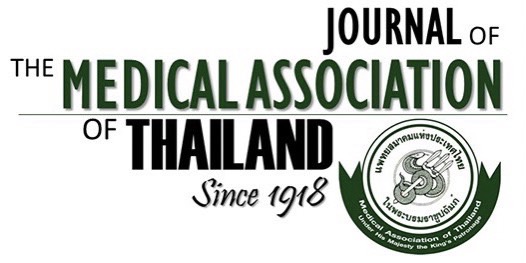Self-Training Voice Therapy for Patients with Hoarseness
Benjamas Prathanee PhD*, Supaporn Srirompothong MD*, Patchareeporn Saesiew MD*, Ruangrat Saengnipanthkul BSc**
Affiliation : * Department of Otorhinolaryngology, Srinagarind Hospital, Faculty of Medicine, Khon Kaen University, Khon Kaen, Thailand ** Department of Nursing, Srinagarind Hospital, Faculty of Medicine, Khon Kaen University, Khon Kaen, Thailand
Background : Vocal abuse or muscle tension dysphonia is one of the most common diseases in Otorhinolaryngology Clinic.
Professional voice users and patients with cleft palate are at increased risk for voice disorder. Voice therapy is the first line
of management; however, limitation of speech service causes treatment inaccessibility in Thailand and developing countries.
Objective : To find the effectiveness of a self-training voice program in increasing maximum phonation time, decreasing
relative average perturbation between pre-treatment and post–treatment, and improvement treatment by a self-administered
post-treatment questionnaire.
Material and Method: Sixteen patients with hoarseness received vocal hygiene and self-training program of diaphragmatic
breathing as well as coordination of breathing with phonation for 10 weeks. Voice assessment, Maximum phonation time and
relative average perturbation with Computer Speech Lab; ear nose, throat examination and videostroboscopy were performed
at 1st visit and the final or 4th visit. Maximum phonation time with a stopwatch; maximum duration of counting time and
perceptual assessment for 6 parameters (grade, instability, roughness, breathiness, asthenia, and strain) were done pre-
treatment; at the 3th; 6th; 10th weeks; and post-treatment.
Results : The Wilcoxon Sign Rank Test revealed that the self-training voice therapy program significantly increased maximum
phonation times from Computer Speech Lab, as well as from stopwatch, the maximum duration of counting.
Conclusion : The self-training program is an effective treatment for functional voice disorders.
Keywords : Self-Training Therapy, Voice therapy, Voice disorders, Hoarseness, Cleft



